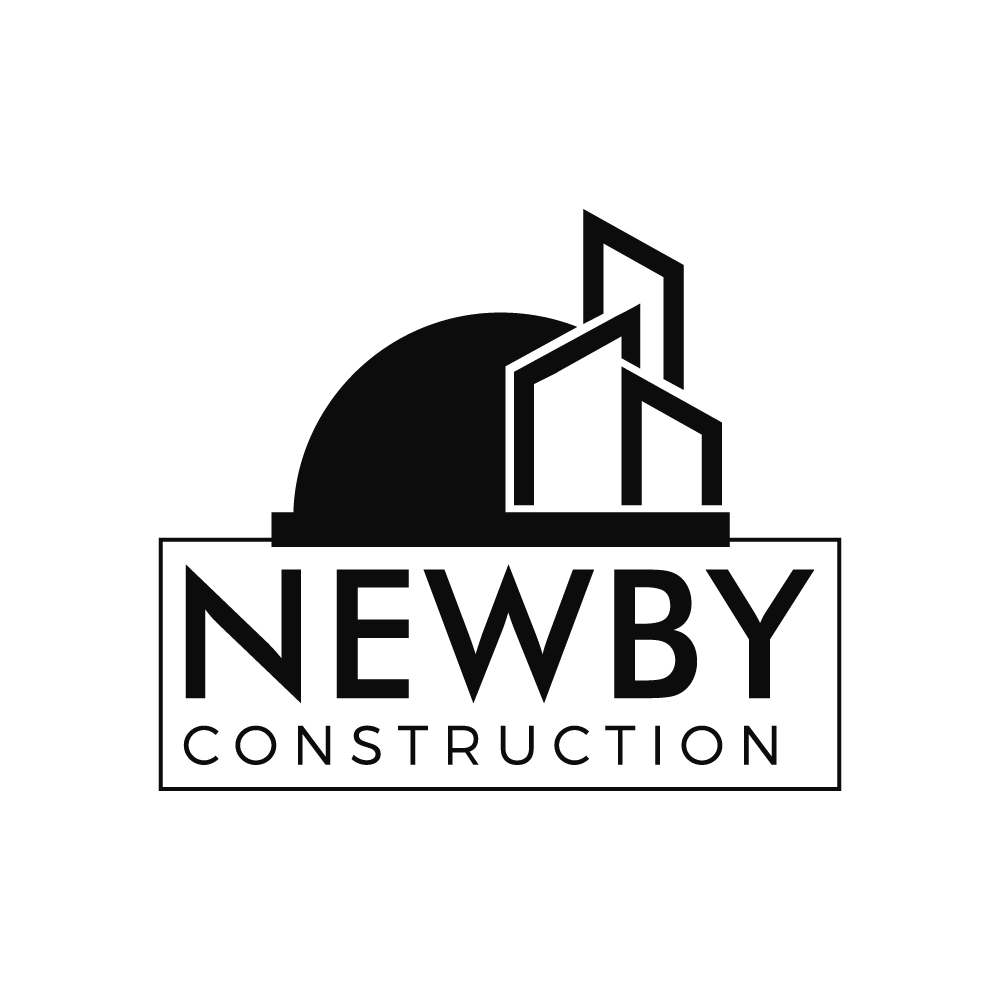
Dreaming of a brand‑new kitchen? You’re not alone. A kitchen remodel can boost function, style, and value—but the price tag can sting. The upside is there are several smart ways to finance your project so you don’t drain savings on day one. Understanding how to fund a remodel is the first step to making it real.
Whether you’re tackling a light refresh or a full gut, the world of kitchen remodel financing can feel overwhelming. From tapping home equity to targeted kitchen remodel loans, knowing your choices lets you pick what fits your budget and timeline. Below are seven clear options—how they work, the pros and cons, and who they’re best for.
1. Home Equity Loan (Second Mortgage)

A home equity loan gives you a lump sum based on the equity you’ve built. Think of it as a “set it and forget it” loan: you lock a fixed rate, get all the funds at closing, and repay in equal monthly payments. If your remodel has a defined scope and you like predictability, this structure can be calming. Lenders typically cap total borrowing (existing mortgage + new loan) around 80–90% of your home’s value, and you’ll likely need an appraisal.
How it Works:
You receive the full amount upfront.
You repay with fixed monthly payments over a set term.
Your home secures the loan, so default is a serious risk.
Pros:
Fixed Interest Rates: Predictable payments simplify budgeting.
Lower Interest: Typically lower than personal loans or cards.
Tax Deductibility: Interest may be deductible for qualifying improvements (ask a pro).
Large Sums Available: Can provide sufficient funds for a comprehensive kitchen upgrade.
Cons:
Secured Loan: Your home is at risk if you can't make payments.
Closing Costs: Similar to a first mortgage, there are closing costs involved.
No Flexibility: You receive a lump sum, so you pay interest on the full amount immediately, even if you don't need it all at once.
Best For: Homeowners with strong equity, a well‑defined budget, and a preference for fixed payments.
2. Home Equity Line of Credit (HELOC)
A HELOC is like a revolving tab backed by your home. You’re approved for a limit—say $60k—and you draw only what you need during the draw period (often 5–10 years). It’s extremely practical for remodels that evolve, where you pay trades in stages and uncover surprises behind walls.
How it Works:
You can borrow and repay funds repeatedly during the draw period.
Interest is only paid on the amount you've actually borrowed, not the full credit line.
Payments during the draw period might be interest-only, followed by a repayment period with principal and interest.
Pros:
Flexibility: Ideal for ongoing or phased kitchen remodeling projects where costs might fluctuate.
Lower Interest: Often has lower interest rates than unsecured loans.
Interest-Only Payments: Can offer lower payments during the draw period.
Tax Deductibility: Interest may be tax-deductible for home improvement purposes.
Cons:
Variable Interest Rates: Most HELOCs have variable rates, meaning your payments can fluctuate, making kitchen remodel financial planning less predictable.
Secured Loan: Your home is collateral.
Can Be Tempting: The revolving nature can make it easy to overspend.
Best For: Equity‑rich homeowners planning a multi‑stage kitchen project or wanting on‑demand access to funds.
3. Cash-Out Refinance
A cash‑out refi replaces your current mortgage with a larger one and hands you the difference in cash. If market rates are favorable—or your credit has improved—this can lower your overall rate while funding a kitchen remodel. It’s especially compelling for big, one‑time projects where you want long‑term, low‑rate financing.
How it Works:
Your old mortgage is paid off, and a new one is established.
You receive a lump sum of cash at closing.
You'll have a new loan term and potentially a new interest rate for your entire mortgage.
Pros:
Lower Interest on Large Sums: The interest rate on your entire mortgage is typically lower than that of home equity products, especially for very large kitchen remodel costs.
Consolidate Debt: Can simplify your finances by rolling your kitchen funding into one mortgage payment.
Long Repayment Terms: Spreads out the cost over 15, 20, or 30 years, resulting in lower monthly payments.
Cons:
Refinance Costs: Closing costs can be significant.
Restarting Mortgage Term: May extend how long you’ll pay off your home.
Equity Requirement: You’ll need solid equity.
Best For: Homeowners with ample equity who want long‑term, low‑rate funding—especially if refinancing anyway.
4. Personal Loans
Personal loans are unsecured—no lien on your home—so the process is fast and less paperwork‑heavy. Funds arrive as a lump sum, often within days, with fixed payments over 2–7 years. For mid‑range remodels or when timing is tight, this can be the cleanest path.
How it Works:
You apply for a specific loan amount.
If approved, you receive the funds directly.
You make fixed monthly payments until the loan is repaid.
Pros:
Unsecured: Your home is not collateral, reducing risk.
Quick Approval: Often faster to obtain than home equity loans.
Fixed Payments: Predictable monthly payments.
Use for Anything: Funds can be used for any part of your kitchen renovation.
Cons:
Higher Interest Rates: Generally have higher interest rates than secured loans because there's no collateral.
Lower Loan Amounts: May not be sufficient for very expensive kitchen remodel costs.
Credit Score Dependent: Approval and interest rates heavily depend on your credit score; a poor score could mean a high kitchen remodel interest rate or denial.
Best For: Strong credit borrowers who want speed, predictability, and no lien on their home.
5. Credit Cards (Strategic Use for Smaller Costs)

Credit cards are rarely the core of kitchen remodel financing, but they shine for targeted expenses—finishes, fixtures, or small gaps—especially with a 0% APR promo you can pay off on time. They also stack rewards, which can offset costs if used carefully.
How it Works:
Charge materials or services to your credit card.
If using a 0% APR promotional card, ensure you can pay off the balance before the introductory period ends.
Pros:
Convenience: Easy to use for smaller purchases.
Rewards: Can earn points, miles, or cashback on purchases.
0% APR Offers: Some cards offer introductory 0% APR for 12-24 months, allowing for interest-free financing if paid off on time.
Cons:
High Interest Rates: Standard APRs are very high if not paid off quickly, making credit card kitchen remodel financing expensive.
Credit Limit: Limits may not cover significant kitchen remodel expenses.
Debt Accumulation: Easy to accumulate high-interest debt quickly.
Best For: Minor expenses or those disciplined enough to pay off 0% APR balances before the deadline.
6. Contractor Financing
Some contractors offer in‑house financing via partner lenders—think quick apps, deferred interest promos, or installment plans tied to your project. The draw is convenience: estimate, pick terms, get to work. Just read the fine print and compare rates to market offers.
How it Works:
Your contractor presents financing options during the project estimate.
You apply directly through the contractor's provided lender.
Approval and terms are based on your creditworthiness and the specific program.
Pros:
Convenience: One-stop shop for your kitchen remodeling and financing.
Special Promotions: May offer attractive incentives like deferred interest or low introductory rates.
Quick Decisions: Often faster approval than traditional loans.
Cons:
Higher Rates: Interest rates can sometimes be higher than home equity loans.
Limited Options: You're limited to the financing partners your contractor uses.
Penalty Interest: Deferred interest plans can hit you with all accrued interest if you don't pay off the balance in full by the deadline.
Best For: Homeowners prioritizing simplicity and promotional offers—who will read the fine print.
7. Savings/Cash

Cash is king for a reason: no interest, no fees, no payments. Paying outright can also give you leverage with vendors or let you seize sale pricing on materials. The key is to protect your emergency fund so your remodel doesn’t make you fragile.
How it Works:
You use existing funds from your bank account or investments.
Pros:
No Interest: You avoid all interest charges, saving a significant amount over time.
No Debt: You won't incur additional debt or new monthly payments.
Financial Freedom: You retain full control and avoid collateral risk.
Cons:
Opportunity Cost: Your savings could be earning interest elsewhere or be needed for emergencies.
Large Outlay: Requires a substantial amount of readily available funds.
Depleted Emergency Fund: Ensure you don't deplete your emergency savings for a renovation.
Best For: Homeowners with earmarked savings who prefer debt‑free projects.
Factors to Consider When Choosing Your Kitchen Remodel Financing
Selecting the right kitchen renovation financing option involves more than just picking one from the list. It's about aligning the financing with your personal financial health, the scope of your project, and your comfort level with debt. Here are key factors to evaluate:
Your Credit Score
A higher score typically unlocks better rates and terms across loans, especially for a kitchen remodel with bigger budgets.
Interest Rates and APR (Annual Percentage Rate)
Always compare the interest rates and APRs across different kitchen remodel payment options. A lower interest rate means less money paid over the life of the loan. Consider if the rate is fixed or variable, as this impacts payment predictability.
Loan Terms and Repayment Period
How long will you be making payments? Longer terms mean lower monthly payments but typically more interest paid overall. Shorter terms mean higher monthly payments but less interest. Balance your monthly budget with the total cost of the loan when evaluating kitchen remodel payment plans.
Home Equity
If you’re using equity, confirm how much you can borrow (often up to 80–90% combined loan‑to‑value) and your current home value.
Closing Costs and Fees
Account for closing costs, origination, and other fees—these can add thousands to a kitchen remodel budget.
Urgency of the Project
If timing is critical, faster options (personal loans, cards) may beat lower‑rate equity products. Plan ahead for the best terms.
Risk Tolerance
Secured loans mean lower rates but higher stakes (your home). Unsecured loans reduce risk to the house but cost more.
Conclusion
A kitchen remodel is a big, exciting step—and the right financing keeps it stress‑light and on budget. From home equity loans and HELOCs to personal loans, promos, and cash, there’s a fit for almost every scenario. Weigh your credit, timeline, and comfort with risk; compare rates, terms, and fees; and choose what aligns with your plan. With smart kitchen remodel financing, you’ll build the beautiful, functional space you’ve been picturing—without the financial whiplash.
As a final tip, try a quick “money rehearsal.” For 1–2 months before you sign anything, set aside the exact payment you expect to make and see how it feels alongside your real life. If it pinches, reduce scope, mix materials, or blend funding sources (say, a small HELOC + cash + a short 0% card for finishes). Rank your must‑haves vs. nice‑to‑haves, set three numbers (dream, realistic, walk‑away), and funnel auto‑transfers into a dedicated remodel fund. That simple stress test keeps your kitchen remodel exciting, intentional, and aligned with your everyday budget.


